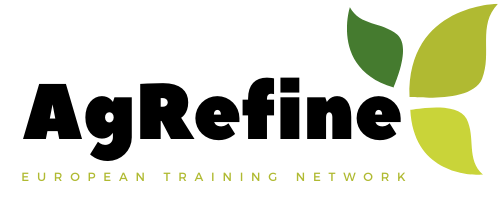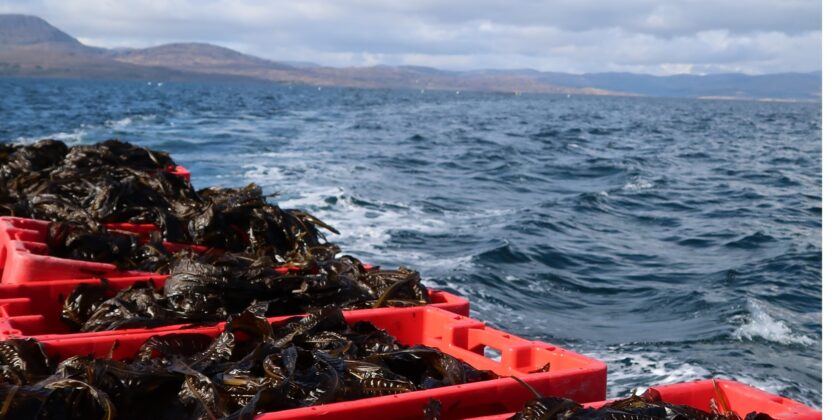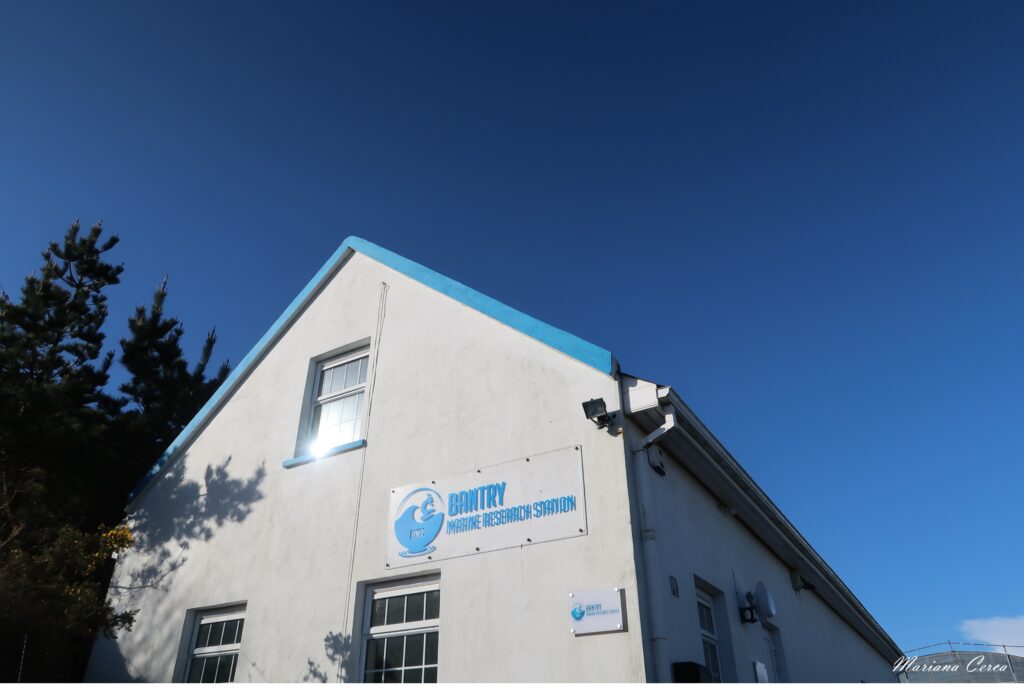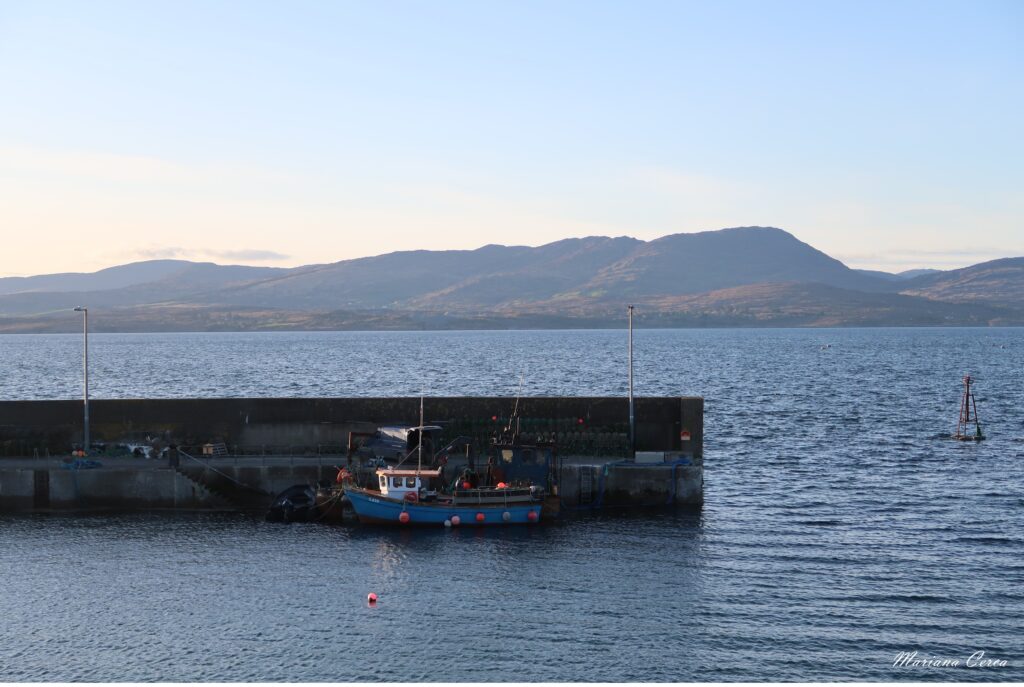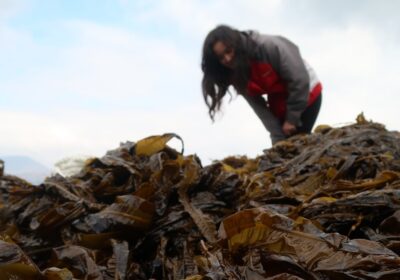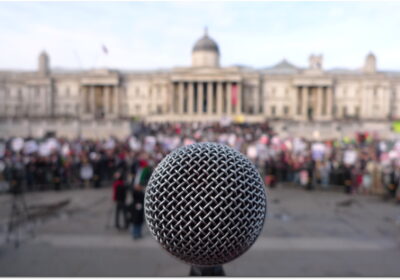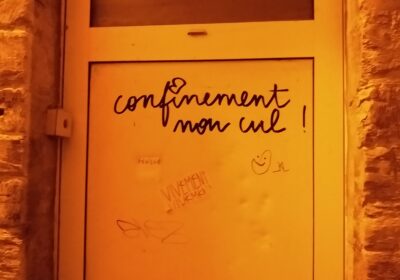One famous quote from the Dublin-born writer, George Bernard Shaw, states that “Progress is impossible without change, and those who cannot change their minds cannot change anything”.
Have you ever thought about how much you have changed along your life depending on what experiences you had, the books you read, the people you encountered and the places you visited or lived in? Analogously, the necessary transformations to tackle societal challenges such as the climate crisis and the restoration of our ecosystems deeply depends on change. Not only personal changes but also changes in our production and consumption systems. This could entail changes in our economic and political systems, our consumer patterns, the adoption of technological innovations or the sourcing of new raw materials in our supply chains. However, these changes ultimately rely on how we interact with the environment, as well as how we perceive and appreciate the world around us. This might require a paradigm shift in how we make sense of nature, understand supply chains, and finally, make decisions to act.
In supply chain management, a mostly practice-oriented field, a closer look at how things work on the field is a must and is fundamental to understand problems and design better solutions. It helps us to comprehend the bigger picture, as well as the particularities of contextual settings coming from the interactions between people and the ecosystem where supply chains operate. In this respect, I am delighted to share the photos taken during my industry-based secondment at Bantry Marine Research Station Ltd (BMRS) for my PhD studies at University College Dublin in Ireland.
The emergence of bio-based supply chains in the context of a sustainable and circular bioeconomy (i) is envisioned as a way to mitigate climate change, leading towards more sustainable production and consumption systems. In this context, alternative biomass sources such as marine macroalgae, also known as seaweed, are being investigated for their prospects in carbon sequestration and wide applications in food and feed industries, fertilizers and biostimulants, along with cosmetics, pharmaceuticals, bio-plastics and much more. Seaweed farming is the fastest-growing aquaculture sector, although still in the early stages of development in the European context (ii). But imagine a type of farming that does not need land, freshwater, fertilisers or pesticides and can be combined with other systems such as integrated multi-trophic aquaculture or offshore wind farms. It can also provide additional income sources and employment opportunities in rural and coastal areas where fewer alternatives are available (iii).
Unlike other parts of Europe, Ireland’s history and culture have had close connection to seaweed, which have been used as food, feed and fertilizer for centuries, particularly along its Western shorelines through the harvesting of wild stocks (iv). There is also a plenitude of Irish words that exist to describe the elements of life by the sea (v). This further helps to reflect on the deep interactions between marine ecosystem and 1.9 million people living within 5km of Ireland’s 7,711 kilometres of coastline (vi). As a child from a mountainous area in the Southern part of the Atlantic Ocean myself, experiencing life by the sea and the fascinating world of seaweed cultivation just amazed me. Wouldn’t it make sense that seaweed-based supply chains are so close to this Island’s culture and heart?
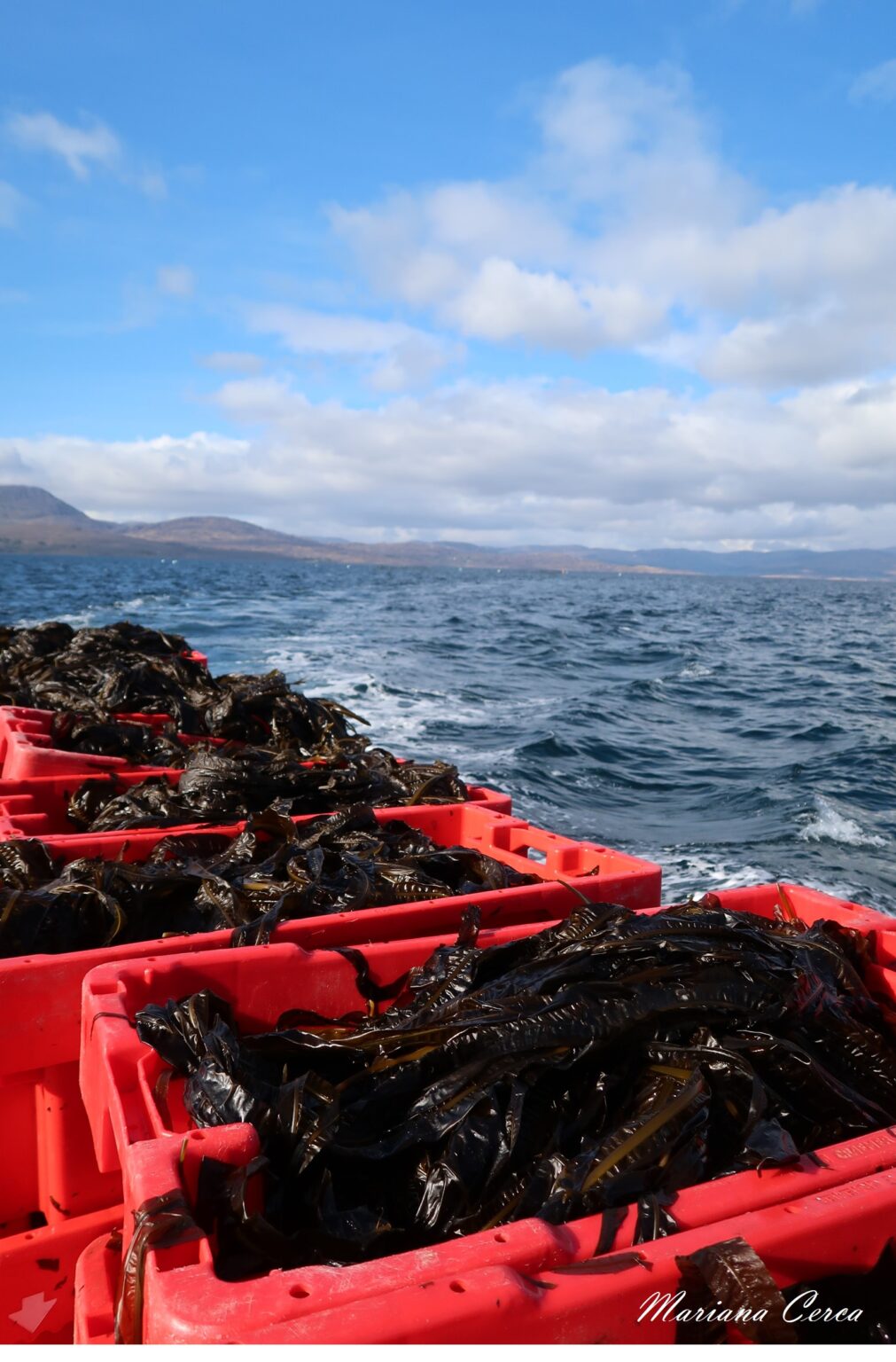
While feeling the cold wind on my face, hectically helping out on the boat, filling out boxes of freshly harvested Alaria esculenta, a cultivated kelp species indigenous to Ireland; I keep thinking… is this the future?
How can we embrace the changes we need, towards sustainable and resilient supply systems, and cultivating the sea towards a circular bioeconomy?
There is no straightforward answer to this question and still so many challenges or complexities to address. Most likely, the path towards better outcomes depends on our joint efforts and in transformative ways of learning and education (vii), giving new meanings to supply chains (viii) and reconnecting to nature in its diverse forms and shapes.
It is by valuing diversity in different forms of knowledge, disciplines, cultural backgrounds, stakeholder groups and methodologies that we have better chances to properly understand problems and find better solutions. Diversity can lead to emergence, a process of creation or progression towards change and novel systems (ix)(x).
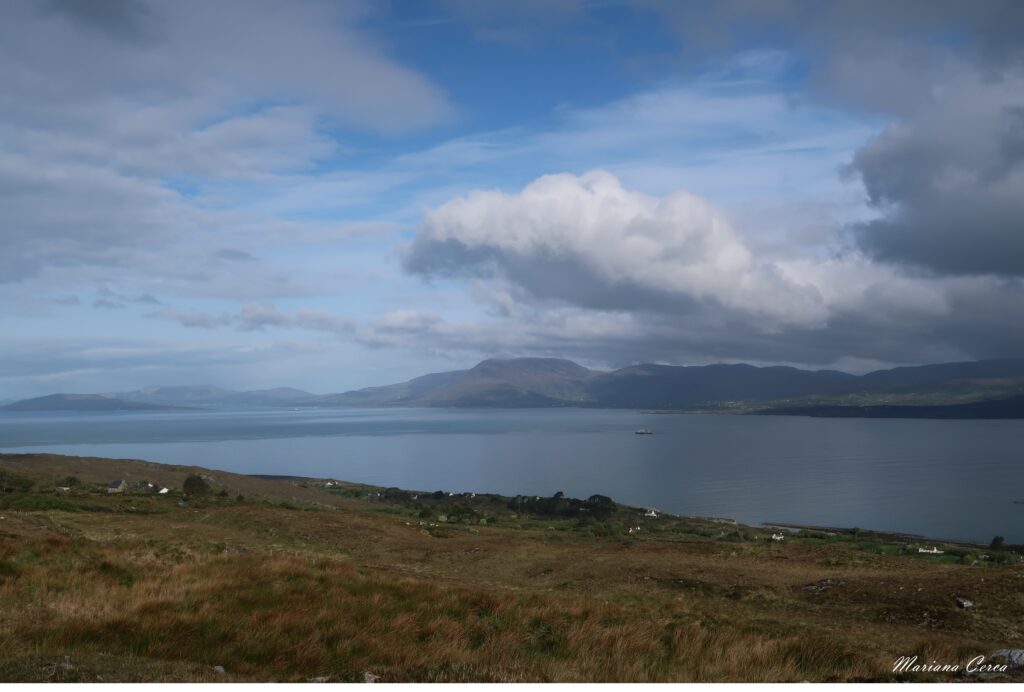
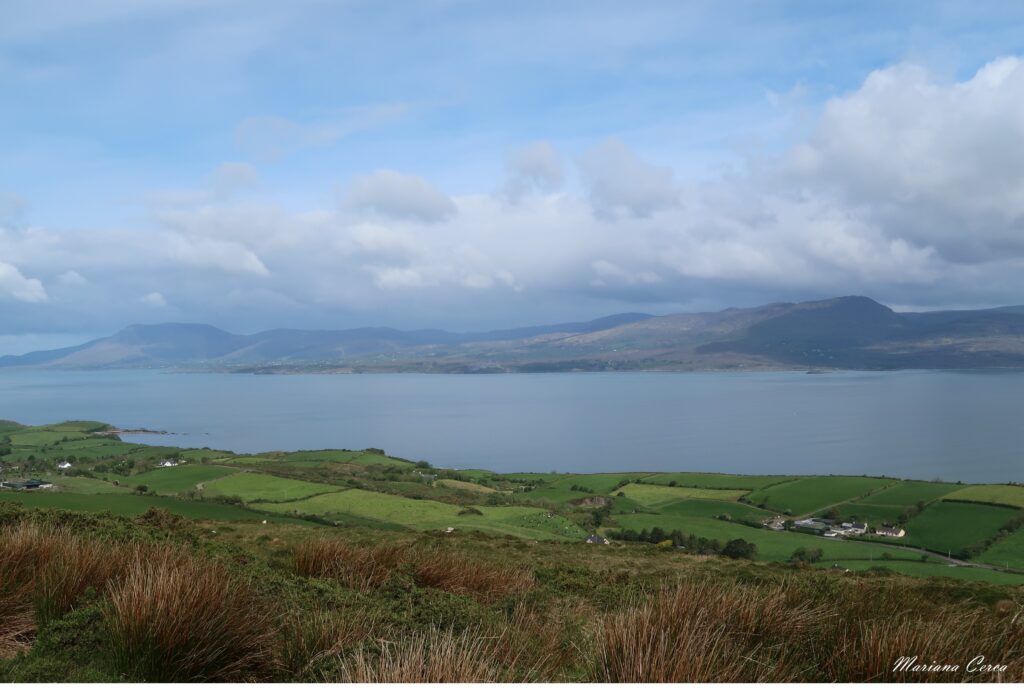
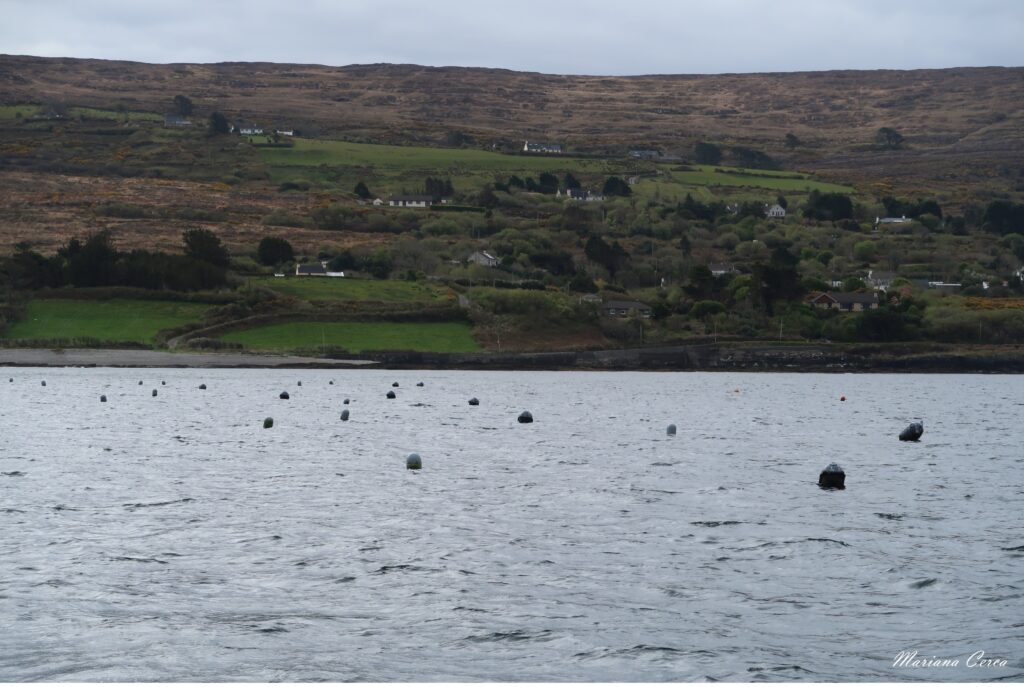
The photojournalist Sebastião Salgado would say, first of all, a photo tells you the story of the photographer, but when we see a picture, we interpret it in different ways because we perceive it through our own experiences and cultural values (xi). So maybe these pictures tell you only my side of the story, but I do hope that through my lens you can find your own meaning for what a seaweed-based supply chain and a bio-based society can entail. I yearn that you will find the potentials provided by seaweed cultivation, the precious work of primary producers such as farmers and fishers and that through innovative solutions we can explore and discover the path towards more resilient, ethical, and sustainable supply systems. Finally, I hope you can grasp the wonders of nature in our daily lives, finding the strength to fight for the progress and changes this planet is craving for.

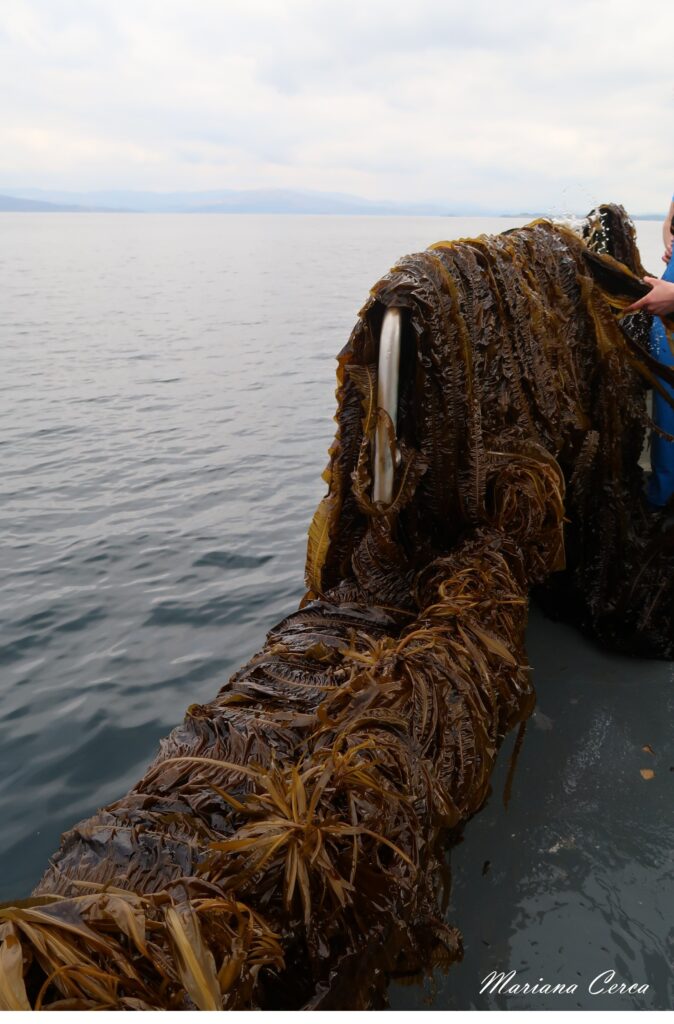
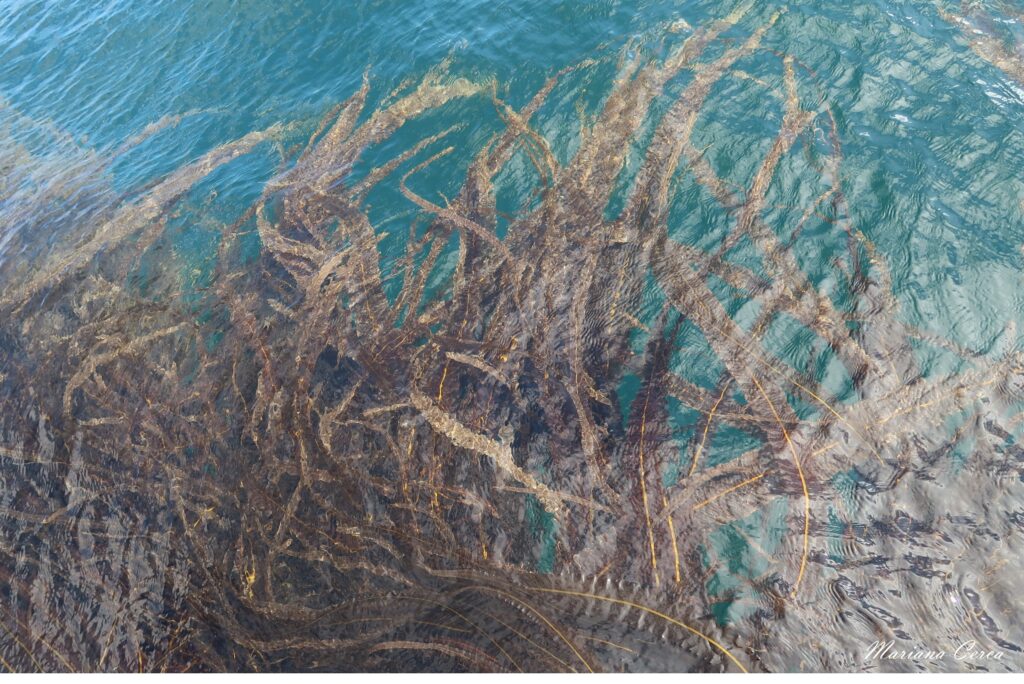
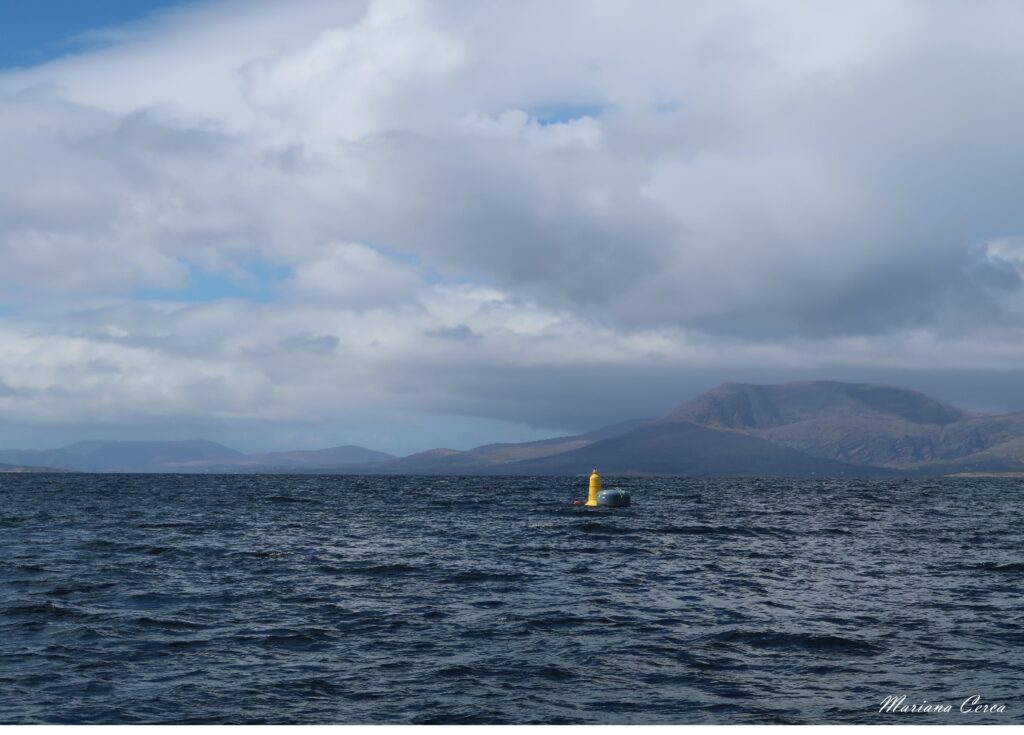
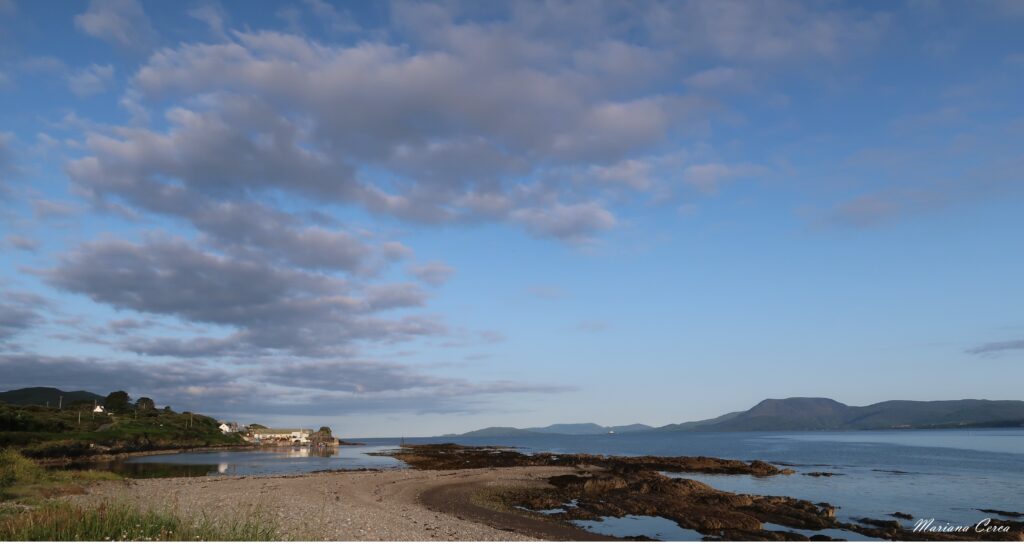

by Mariana Cerca, an early-stage researcher, supply chain explorer and photography enthusiast
Acknowledgements:
I am truly thankful for the sources of inspiration to write this blog: the phenomenal team of AgRefine, the Marie-Curie Scholarship, my supervisors for the support, the UCD Staff Photography Club, as well as the community of practice ‘BE-CHANGE: Bioeconomy Education for systemic change’ for hosting my passion towards interdisciplinary and transdisciplinary education. Finally, a million thanks to the BMRS team that welcomed me with open arms in this remote and wonderful part of Ireland, even when it meant to be from a socially secure distance.
References
[i] “The bioeconomy covers all sectors and systems that rely on biological resources (animals, plants, micro-organisms and derived biomass, including organic waste), their functions and principles. It includes and interlinks: land and marine ecosystems and the services they provide; all primary production sectors that use and produce biological resources (agriculture, forestry, fisheries and aquaculture); and all economic and industrial sectors that use biological resources and processes to produce food, feed, bio-based products, energy and services. To be successful, the European bioeconomy needs to have sustainability and circularity at its heart. This will drive the renewal of our industries, the modernisation of our primary production systems, the protection of the environment and will enhance biodiversity” – European Commission (2018) A sustainable Bioeconomy for Europe: strengthening the connection between economy, society and the environment.
[ii] FAO (2021) FAN FAO Aquaculture News. Food and Agriculture Organization of the United Nations, 63 (2021).
[iii] Araújo, R. et al. (2021) ‘Current Status of the Algae Production Industry in Europe: An Emerging Sector of the Blue Bioeconomy’, Frontiers in Marine Science. Frontiers Media S.A., 7, p. 1247. https://doi.org/10.3389/fmars.2020.626389
[iv] Monagail, M. Mac and Morrison, L. (2020) ‘The seaweed resources of Ireland: a twenty-first century perspective’, Journal of Applied Phycology. Springer, pp. 1287–1300. https://doi.org/10.1007/s10811-020-02067-7
[v] The hundreds of Irish words for sea and sea life – The abundance of Irish words to describe every element of marine life is staggering by Manchán Magan.
[vi] The Marine Institute, Foras na Mara (2020) Explore Ireland’s Coastal Communities in Oceans of Learning series.
[vii] S. Urmetzer, J. Lask, R. Vargas-Carpintero, A. Pyka, (2020) Learning to change: Transformative knowledge for building a sustainable bioeconomy, Ecol. Econ. 167 (2020) 106435. https://doi.org/10.1016/j.ecolecon.2019.106435.
[viii] A. Wieland (2020) Dancing the Supply Chain: Toward Transformative Supply Chain Management, J. Supply Chain Manag. jscm.12248. https://doi.org/10.1111/jscm.12248.
[ix] M. Syed (2019) Rebel Ideas: The Power of Diverse Thinking, John Murray.
[x] R.L. Flood, The relationship of “systems thinking” to action research (2010) Syst. Pract. Action Res. 23 269–284. https://doi.org/10.1007/s11213-010-9169-1
[xi] Interview with Sebastião Salgado (Danke Jan!): »Wegsehen ist stille Zustimmung«; Der Brasilianer Sebastião Salgado ist einer der wichtigsten Reportage-Fotografen der Welt. Interview by Sven Michaelsen. Süddeutsche Zeitung. Freitag 21. Mai 2021
